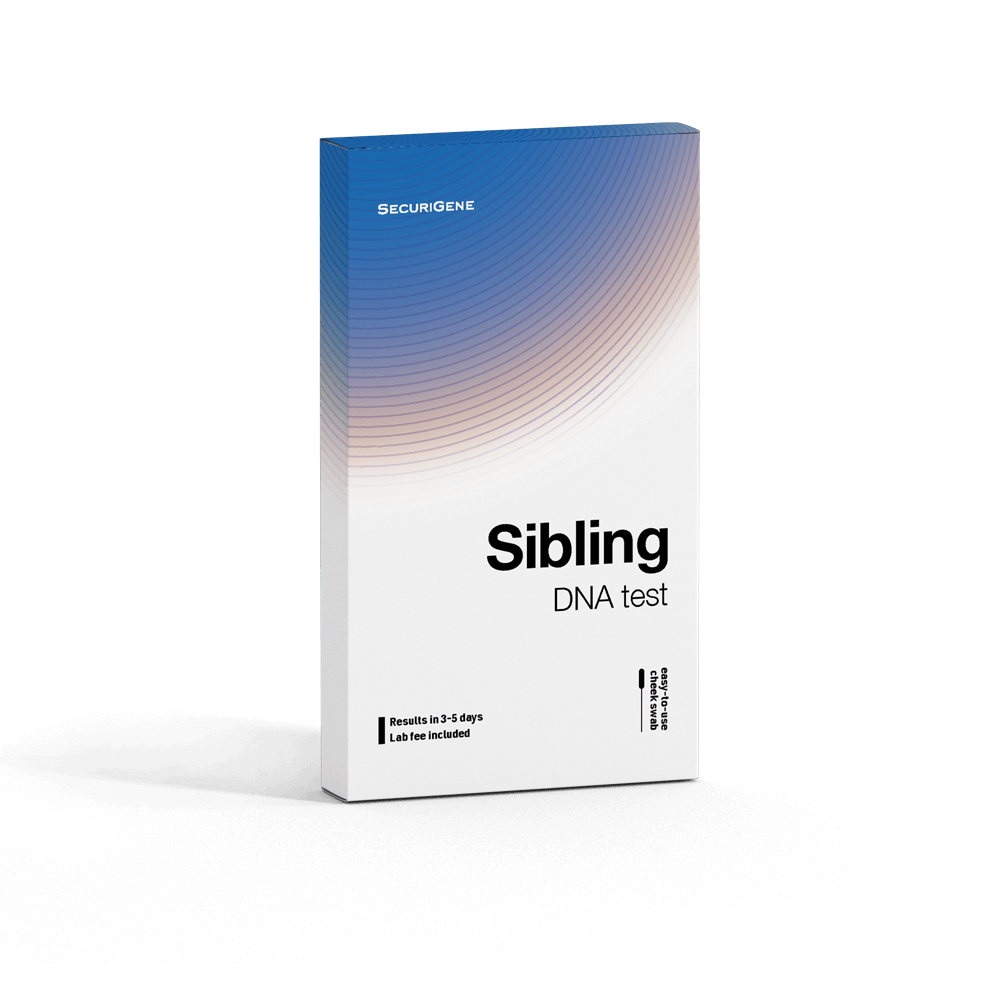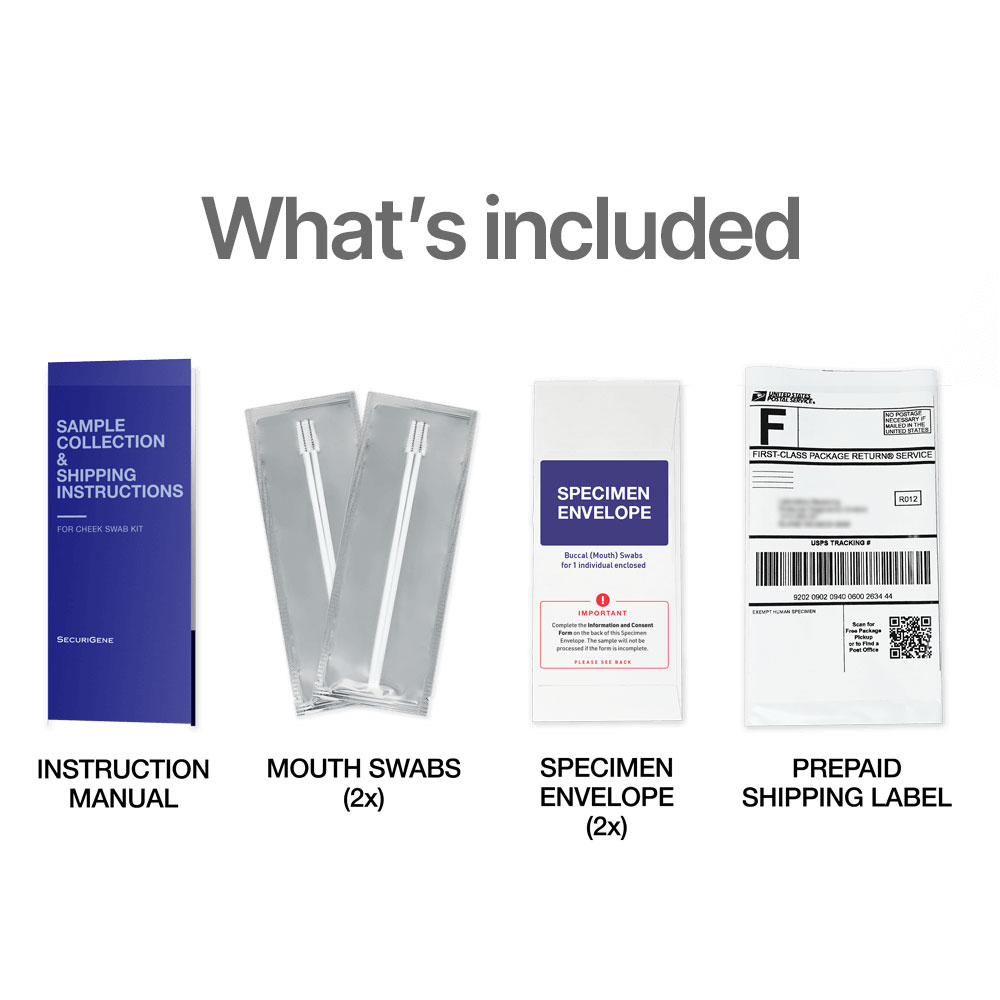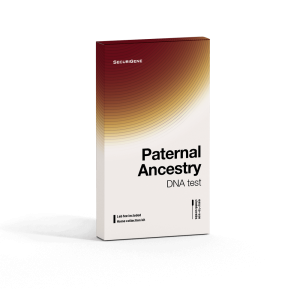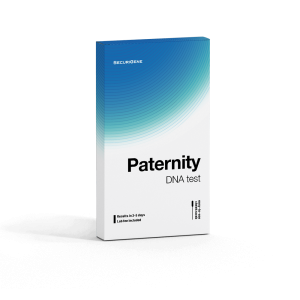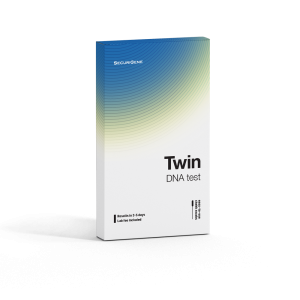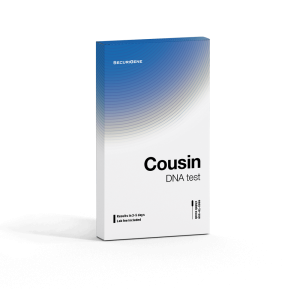DNA Sibling Test
easy-to-use mouth swabs
Find out whether individuals are Full siblings, Half siblings, or not related.
This DNA Sibling test kit includes all lab fees, free return shipping, and results for 2 siblings.
- Results in 1-3 days
- 1-Day Express Shipping
- AABB, ISO17025 & CLIA accredited lab
$159.00
No hidden lab fees. Free return shipping included.
Results available in 1-3 business days.
All samples are tested twice for absolute accuracy.
Are you full siblings, half siblings, or not related?
The DNA Sibling Test is used to determine the relationship between individuals as Full Siblings, Half Siblings or unrelated, particularly when the parent(s) are not available for testing. If the parent(s) are available for testing, we recommend choosing the DNA paternity or maternity test over the DNA sibling test.
However, in situations where the alleged parents are missing or deceased, the sibling test becomes the next best option to investigate potential sibling relationships. This analysis assesses the likelihood that two individuals are biologically related as Full siblings, Half siblings or not related at all. All lab fees and return shipping costs are included.

Features:
- Quick Turnaround – Get your results in 1-3 business days
- Next Day Shipping – Receive your DNA kit in 1 business day with our express shipping option
- Fast & Painless Home Collection – Easy-to-use mouth swabs included inside each kit
- All Samples are Tested 2x – All DNA tests are run 2x for absolute accuracy
All-inclusive testing, with no hidden fees
- All lab fees
- DNA Collection Kit Supplies and Swabs
- Free return shipping
- Certified lab reports
- 2x testing for accuracy
- Full customer service & support
What’s inside your kit?
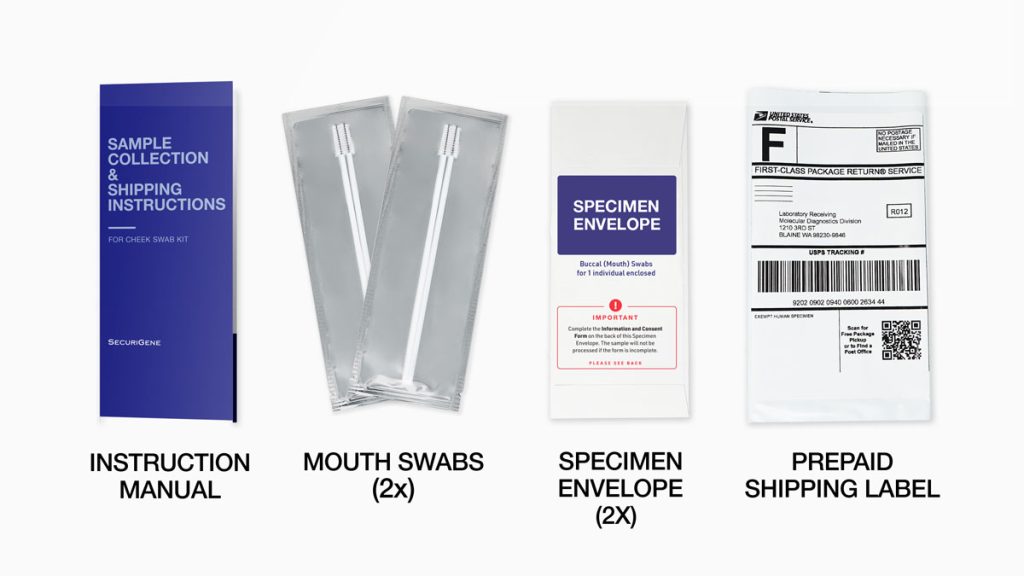
What happens at the Lab?
In a DNA Sibling Test, a buccal (mouth) swab sample is collected from each Sibling.
The collected sample contains cells, with most cells in our body housing a full set of genetic information in the form of DNA. A person’s DNA serves as a “genetic blueprint” and, like a fingerprint, is unique to each individual.
Our laboratory extracts DNA from the cells, employing PCR (polymerase chain reaction) to amplify specific regions of the DNA. Our comprehensive test analyzes 16 to 27 specific regions, known as short tandem repeats (STRs), which are repetitions of short DNA sequences.
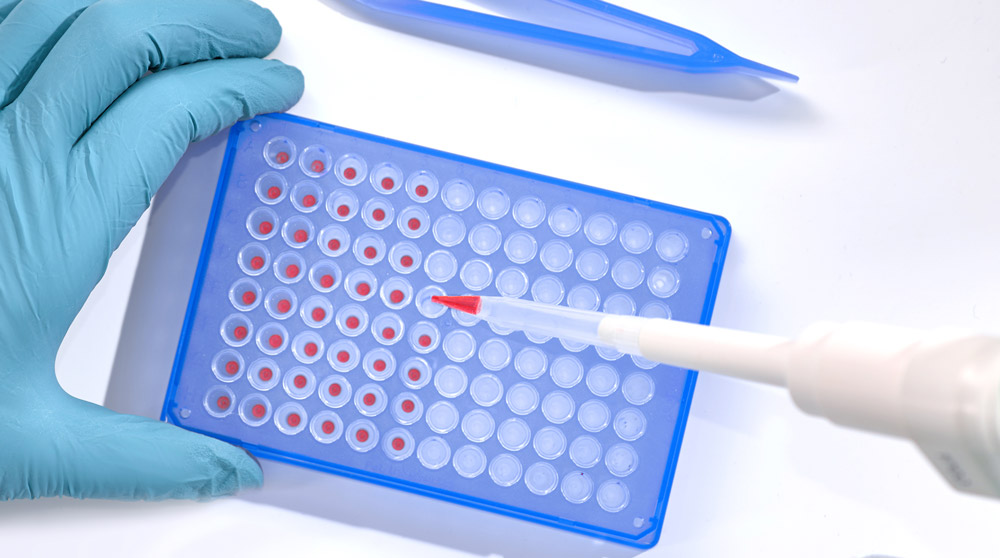
The DNA pattern of one sibling is then compared to the other, followed by a statistical analysis based on the anticipated match type for a genuine sibling relationship. A “kinship index” is derived, serving as a mathematical measure assessing relatedness within the population. This calculation provides the likelihood of a Full-sibling or Half-sibling relationship, or it may indicate non-relatedness.
* Full sibling pairs (sharing both the same father and mother) are expected to exhibit a full sibling index value greater than 1.0.
* Half sibling pairs (sharing only one parent in common) are expected to demonstrate a Half sibling index value greater than 1.0.
* A higher sibling index value, exceeding 1.0, indicates an increased likelihood of biological relatedness between the two individuals as siblings.
* Unrelated individuals are expected to display sibling index values that fall below 1.0.
Are you full siblings, half siblings, or not related?
The DNA Sibling Test is used to determine the relationship between individuals as Full Siblings, Half Siblings or unrelated, particularly when the parent(s) are not available for testing. If the parent(s) are available for testing, we recommend choosing the DNA paternity or maternity test over the DNA sibling test.
However, in situations where the alleged parents are missing or deceased, the sibling test becomes the next best option to investigate potential sibling relationships. This analysis assesses the likelihood that two individuals are biologically related as Full siblings, Half siblings or not related at all. All lab fees and return shipping costs are included.

Features:
- Quick Turnaround – Get your results in 1-3 business days
- Next Day Shipping – Receive your DNA kit in 1 business day with our express shipping option
- Fast & Painless Home Collection – Easy-to-use mouth swabs included inside each kit
- All Samples are Tested 2x – All DNA tests are run 2x for absolute accuracy
All-inclusive testing, with no hidden fees
- All lab fees
- DNA Collection Kit Supplies and Swabs
- Free return shipping
- Certified lab reports
- 2x testing for accuracy
- Full customer service & support
What’s inside your kit?

What happens at the Lab?
In a DNA Sibling Test, a buccal (mouth) swab sample is collected from each Sibling.
The collected sample contains cells, with most cells in our body housing a full set of genetic information in the form of DNA. A person’s DNA serves as a “genetic blueprint” and, like a fingerprint, is unique to each individual.
Our laboratory extracts DNA from the cells, employing PCR (polymerase chain reaction) to amplify specific regions of the DNA. Our comprehensive test analyzes 16 to 27 specific regions, known as short tandem repeats (STRs), which are repetitions of short DNA sequences.

The DNA pattern of one sibling is then compared to the other, followed by a statistical analysis based on the anticipated match type for a genuine sibling relationship. A “kinship index” is derived, serving as a mathematical measure assessing relatedness within the population. This calculation provides the likelihood of a Full-sibling or Half-sibling relationship, or it may indicate non-relatedness.
* Full sibling pairs (sharing both the same father and mother) are expected to exhibit a full sibling index value greater than 1.0.
* Half sibling pairs (sharing only one parent in common) are expected to demonstrate a Half sibling index value greater than 1.0.
* A higher sibling index value, exceeding 1.0, indicates an increased likelihood of biological relatedness between the two individuals as siblings.
* Unrelated individuals are expected to display sibling index values that fall below 1.0.
Easy sample collection
Each kit contains painless, easy-to-use mouth swabs.
Quality Assured
All testing is performed in our ISO 17025, AABB and CLIA certified laboratory.
Live status updates
Track the status of your order and view your results as soon as they are ready.
Private & confidential
Your data belongs to you. We do not share your data with any third party without your permission.
How it works

Order your DNA kit online or by phone.

Easily collect your sample within the comfort of your own home using the materials inside your kit.
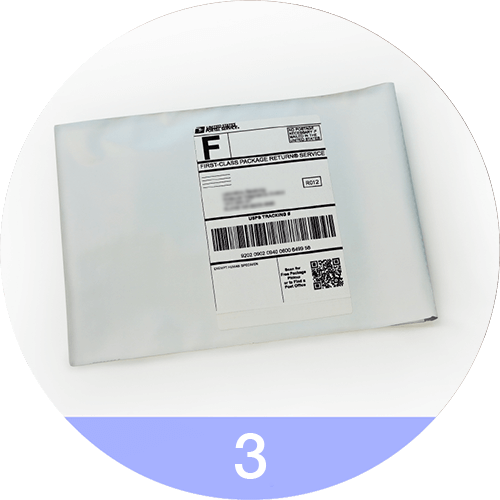
Mail your sample to our lab using the prepaid return envelope.

Test results are available in 1-3 days.
FAQ
Answers to commonly asked questions about this test.
Yes! To request a split kit, simply include the following information in the comment box during checkout:
“Please split this kit. Send one sibling’s portion of the kit to (Sibling’s name and shipping address), and send the other sibling’s portion of the kit to (Sibling’s name and shipping address).”
An extra shipping fee of $10 will be automatically applied for each additional address within North America. Split kits are shipped out using USPS First Class Package Service (or equivalent). Please note that testing will only begin after all samples arrive at our laboratory.
The DNA Sibling Test is commonly used when the alleged parents are unavailable for testing. While it may not match Paternity or Maternity testing in absolute conclusiveness, it serves as the next best option in cases where the alleged parents are missing or deceased.
The DNA Sibling Testing kit contains four mouth swabs for the painless at-home collection of DNA from each individual. After samples are collected, each swab will contain thousands of buccal cells that contain a complete set of genetic information in the form of DNA. An individual’s DNA serves as a “genetic blueprint” and is unique to each person, akin to a fingerprint.
At our laboratory, DNA is extracted from the cells and then undergoes a process known as PCR (polymerase chain reaction), amplifying specific regions of the DNA. These amplified regions are carefully examined to identify a DNA pattern. The DNA patterns of the alleged siblings are then compared with each other. Based on this comparison, a statistical analysis is performed based on the match type expected for true biologically related sibling pairs. This produces a “Full sibling index” and a “Half sibling index”.
FULL SIBLINGS
True biologically related Full sibling pairs (sharing the same father and mother) typically exhibit a Full sibling index value greater than 1.0 in their DNA Sibling Test Report. Individuals who are not Full siblings are anticipated to have a Full sibling index value less than 1.0.
HALF SIBLINGS
True biologically related Half sibling pairs (sharing only one parent) are expected to exhibit a Half sibling index value greater than 1.0 in their DNA Sibling Test Report. Individuals who are not related are projected to have a Half sibling index value less than 1.0.
The higher the sibling index value exceeds 1.0, the greater the likelihood of biological relatedness as siblings. Likewise, the lower the sibling index value is below 1.0, the lower the likelihood of biological relatedness between the two individuals as siblings.
Both the private and the legal test provide the same results. The only difference between the two are whether the sample collection is performed and witnessed by an unbiased individual, and whether it follows a chain-of-custody.
The DNA sibling test is not as powerful as the DNA paternity test. The power of the DNA sibling test can be increased by adding the mother to the test, or by adding more siblings.
There is no difference in the accuracy between the private knowledge test and the legal test. However, for results to be used as legal evidence in court, proper steps must be taken during sample collection. A chain-of-custody must be performed in order to ensure witnessing and verification. The “court admissible” version of the private kit contains all documents required for third party witnessing – such as from a doctor or a lawyer – and the results can be used in court. If the results are to be used in court, the court admissible private kit, or the legal test should be chosen.
The turnaround time for DNA sibling testing is 1-3 business days from the date samples are received by our laboratory. The results of the test are provided immediately upon completion.
* Orders received before 2:00pm Pacific Time are shipped out the same business day, while orders received after 2:00pm Pacific Time are shipped out the next business day. Express shipping typically takes 1 business day for most addresses within North America, however delivery to some rural addresses may take 2 business days.
Individuals who are not related are expected to have a half sibling index value that is less than 1.0. If your result is below 1.0, it indicates an unlikelihood of sibling relatedness.
